Home>Renovation & DIY>Home Renovation Guides>What Is The Gable End?
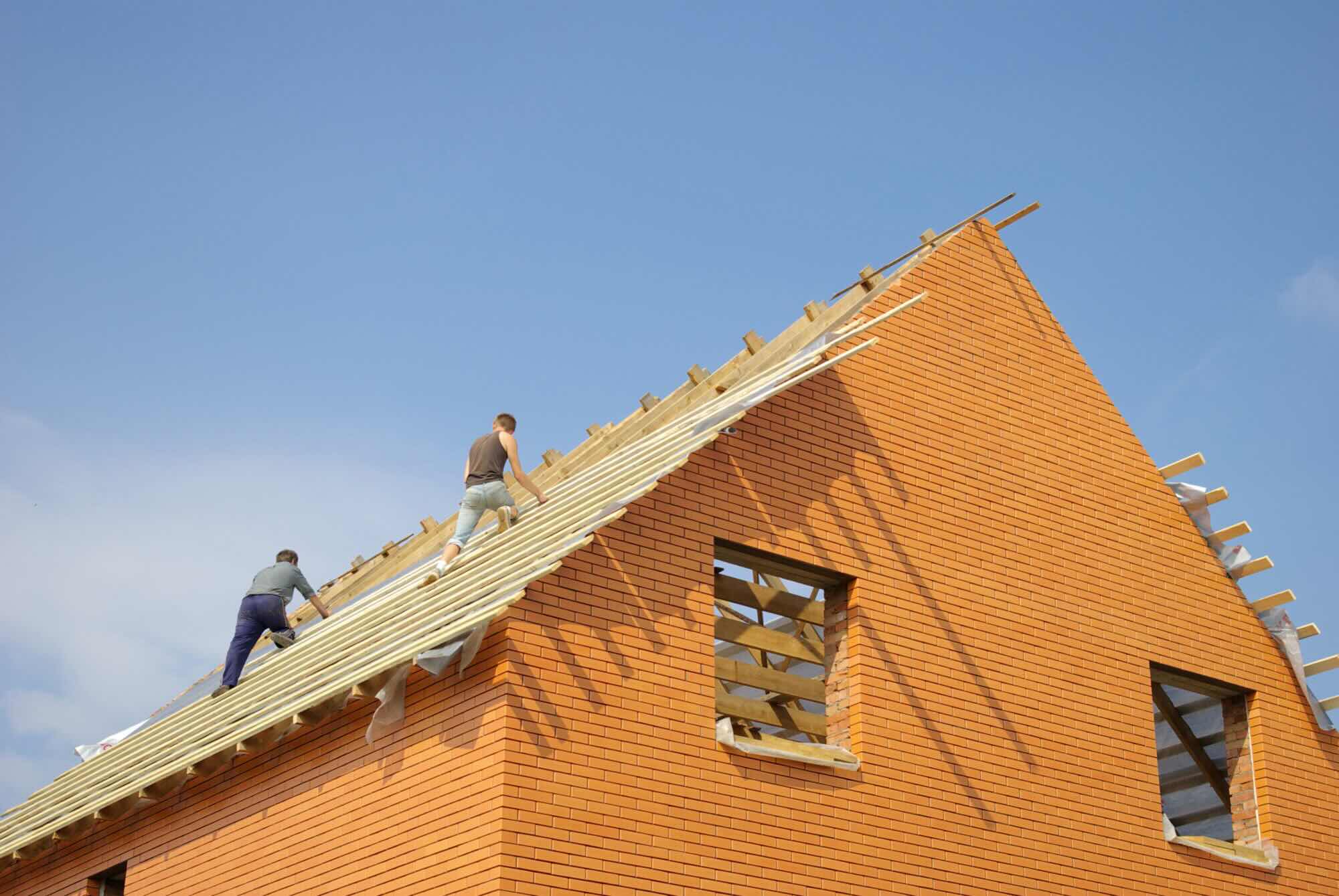

Home Renovation Guides
What Is The Gable End?
Modified: February 2, 2024
Discover the importance of the gable end in home renovation projects with our comprehensive guide. Learn how to enhance your property's exterior with expert tips and advice.
(Many of the links in this article redirect to a specific reviewed product. Your purchase of these products through affiliate links helps to generate commission for Storables.com, at no extra cost. Learn more)
Definition of Gable End
The gable end is a defining feature of many architectural structures, particularly in the realm of residential and commercial construction. It refers to the triangular portion of a wall between the edges of a sloping roof. This distinctive architectural element is created by the intersection of two sloping roof panels, forming a triangular wall section that extends from the eaves to the ridge of the roof. The gable end typically showcases the end of the roof rafters and can be left open or filled with various materials, such as siding, stucco, or decorative woodwork.
In essence, the gable end serves as a prominent focal point of a building's exterior, contributing to its overall aesthetic appeal and structural integrity. This architectural feature is commonly found in a wide range of building styles, from traditional cottages and colonial homes to modern structures and commercial buildings.
The gable end is often adorned with decorative elements, such as trim, moldings, or ornate accents, adding visual interest and character to the building's facade. Additionally, windows, dormers, or other architectural details are frequently incorporated into the gable end, further enhancing its visual impact and functionality.
The gable end plays a crucial role in the overall design and functionality of a building, as it helps to channel rainwater away from the roof and provides essential support for the roof structure. Furthermore, the distinctive shape of the gable end allows for efficient ventilation and insulation, contributing to the overall energy efficiency and comfort of the building.
In summary, the gable end is a fundamental architectural element that not only defines the character of a building but also serves practical purposes in terms of weather protection, ventilation, and structural stability. Its versatility and timeless appeal make it a key component of architectural design across various historical periods and contemporary construction practices.
Key Takeaways:
- The gable end is the triangular wall section formed by sloping roof panels, adding visual appeal and structural support to buildings while allowing for ventilation and insulation.
- Gable ends are versatile, serving as architectural focal points, reflecting historical influences, and contributing to weather protection, ventilation, and energy efficiency in various building styles.
Read more: How To Build A Gable End Roof Overhang
Characteristics of Gable End
The gable end, a quintessential feature of architectural design, boasts several defining characteristics that contribute to its visual appeal and functional significance. Here are the key attributes that distinguish the gable end:
-
Triangular Shape: The most prominent characteristic of the gable end is its triangular shape, formed by the intersection of two sloping roof panels. This distinctive geometry creates a visually striking element that adds depth and dimension to the building's exterior. The triangular form of the gable end also serves a practical purpose by efficiently shedding rainwater and preventing moisture buildup on the roof.
-
Architectural Versatility: One of the remarkable traits of the gable end is its versatility in accommodating various architectural styles. Whether adorning a traditional cottage, a Victorian-era home, or a contemporary structure, the gable end seamlessly integrates into diverse architectural designs, lending each building a unique character and charm.
-
Decorative Elements: The gable end often serves as a canvas for decorative embellishments, such as ornate trim, intricate moldings, or decorative woodwork. These embellishments not only enhance the aesthetic appeal of the gable end but also reflect the architectural style and historical influences of the building.
-
Ventilation and Insulation: Beyond its visual allure, the gable end plays a functional role in facilitating ventilation and insulation within the building. The triangular shape allows for the installation of vents and louvers, promoting air circulation and maintaining optimal indoor temperatures. Additionally, the gable end provides ample space for insulation, contributing to energy efficiency and thermal comfort.
-
Structural Support: The gable end serves as a crucial structural component, providing support for the roof and distributing the weight of the roof panels. This architectural feature reinforces the stability and integrity of the building, ensuring that it can withstand various environmental conditions and structural loads.
-
Integration of Windows and Dormers: Many gable ends feature windows or dormers, further enhancing their functionality and visual appeal. These openings not only introduce natural light into the interior spaces but also contribute to the architectural composition, creating a harmonious balance between form and function.
In essence, the gable end embodies a harmonious blend of aesthetic allure and practical functionality, making it an indispensable element of architectural design. Its distinctive characteristics not only define the visual identity of a building but also contribute to its structural resilience and environmental performance. Whether gracing historic landmarks or contemporary residences, the gable end stands as a timeless symbol of architectural craftsmanship and ingenuity.
Uses of Gable End in Architecture
The gable end serves as a pivotal architectural element, offering a myriad of practical and aesthetic uses in the realm of building design. Its versatile nature and distinctive features make it an indispensable component in various architectural styles and construction practices.
Architectural Focal Point
The gable end often takes center stage as a prominent focal point of a building's facade, commanding attention and imbuing the structure with visual interest. Its triangular form and commanding presence draw the eye upward, creating a sense of verticality and architectural grandeur. Whether adorning the front elevation of a residential home or the entrance of a commercial building, the gable end serves as a captivating feature that defines the overall character of the architecture.
Historical Significance
In historical and vernacular architecture, the gable end plays a significant role in reflecting regional building traditions and cultural influences. From the iconic gable-roofed cottages of rural England to the classic Dutch gable ends of European townhouses, this architectural element embodies a rich tapestry of historical narratives and design legacies. The gable end serves as a tangible link to the architectural heritage of a particular region, preserving the timeless craftsmanship and design principles of bygone eras.
Read more: How To Install Cedar Shingles On A Gable End
Weather Protection and Drainage
Functionally, the gable end contributes to the weatherproofing and drainage capabilities of a building. Its sloping configuration efficiently sheds rainwater and prevents moisture infiltration, safeguarding the underlying structure from water damage and decay. By directing rainwater away from the roof, the gable end helps maintain the integrity of the building envelope, ensuring long-term durability and resilience against the elements.
Ventilation and Energy Efficiency
The triangular shape of the gable end facilitates the integration of ventilation features, such as gable vents and louvers, which promote air circulation and moisture control within the attic or upper storeys of a building. This natural ventilation mechanism enhances indoor air quality, reduces the risk of condensation-related issues, and contributes to the overall energy efficiency of the structure. Additionally, the gable end provides ample space for insulation, aiding in the regulation of indoor temperatures and reducing heating and cooling costs.
Architectural Expression
From a design perspective, the gable end offers architects and builders a canvas for creative expression and architectural ornamentation. Whether adorned with decorative trims, intricate fretwork, or embellished bargeboards, the gable end allows for the incorporation of ornate details that reflect the prevailing architectural style and cultural motifs. This expressive quality enables the gable end to harmonize with the overall design language of the building, adding a touch of elegance and individuality to the architectural composition.
In essence, the uses of the gable end in architecture are multifaceted, encompassing both functional and aesthetic dimensions. Its role as a visual focal point, historical emblem, weather-protective barrier, and facilitator of ventilation underscores its significance in architectural design. As a timeless architectural motif, the gable end continues to shape the built environment, embodying the enduring legacy of craftsmanship and design innovation.
Examples of Gable End in Different Architectural Styles
The gable end, with its versatile and adaptable nature, seamlessly integrates into a diverse array of architectural styles, each showcasing unique characteristics and historical influences. From the timeless elegance of Colonial Revival homes to the sleek modernity of contemporary structures, the gable end serves as a defining feature that reflects the essence of each architectural style.
Read more: What Is A Gable On A Roof?
Colonial Revival Architecture
In Colonial Revival architecture, the gable end takes on a classic and symmetrical form, echoing the design principles of early American colonial homes. Characterized by steeply pitched roofs and centered gables, Colonial Revival residences often feature pedimented gable ends adorned with decorative moldings and pediments. These gable ends exude a sense of timeless elegance, evoking the architectural heritage of colonial America while adding a touch of refinement to the building's facade.
Victorian Gothic Revival
In the context of Victorian Gothic Revival architecture, the gable end becomes a canvas for ornate embellishments and intricate detailing. Elaborate bargeboards, pointed arches, and decorative tracery adorn the gable ends of Victorian Gothic Revival structures, imparting a sense of romanticism and whimsy. The gable ends in this architectural style often feature lancet windows, steeply pitched roofs, and decorative finials, creating a dramatic and picturesque silhouette that epitomizes the romantic ideals of the Victorian era.
Modernist Architecture
In modernist architecture, the gable end undergoes a reinterpretation, embracing clean lines, minimalist forms, and geometric simplicity. The gable end in modernist structures is characterized by its streamlined profile, flat or low-pitched roofs, and unadorned surfaces. This architectural style often employs gable ends as part of asymmetrical compositions, integrating them into cubic volumes and angular facades. The gable ends of modernist buildings exude a sense of understated sophistication, embodying the principles of functionalism and contemporary design aesthetics.
Craftsman Bungalow
Within the context of Craftsman Bungalow architecture, the gable end embodies a sense of rustic charm and handcrafted detailing. These gable ends often feature exposed rafters, decorative brackets, and wide eaves, reflecting the emphasis on artisanal craftsmanship and natural materials. The gable ends of Craftsman Bungalows contribute to the cozy and inviting character of these homes, showcasing a harmonious blend of organic textures and earthy hues that define the Arts and Crafts movement.
Read more: What Is Gable Vent?
Mediterranean Revival
In Mediterranean Revival architecture, the gable end assumes a distinctive character influenced by the architectural traditions of the Mediterranean region. These gable ends often feature terra-cotta roof tiles, stucco finishes, and arched openings, evoking the warmth and romance of Mediterranean villas. The gable ends in this architectural style contribute to the overall picturesque quality of the buildings, infusing them with a sense of Old World charm and sun-drenched allure.
In summary, the gable end manifests in a myriad of architectural styles, each exemplifying the unique design ethos and historical context of its respective era. Whether evoking the grandeur of historical revivals or embracing the modernist ethos of simplicity, the gable end remains a timeless and versatile architectural element that continues to shape the built environment with its enduring appeal and adaptability.
Frequently Asked Questions about What Is The Gable End?
Was this page helpful?
At Storables.com, we guarantee accurate and reliable information. Our content, validated by Expert Board Contributors, is crafted following stringent Editorial Policies. We're committed to providing you with well-researched, expert-backed insights for all your informational needs.
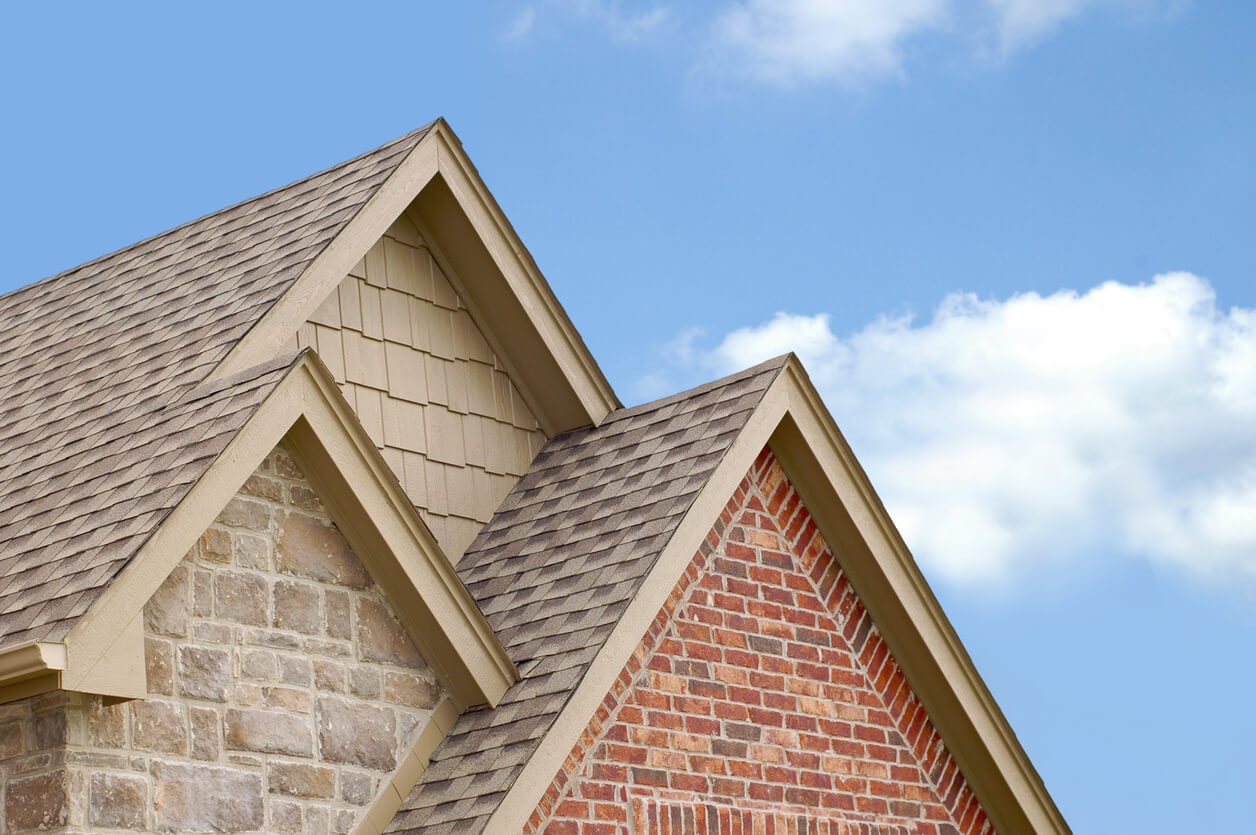
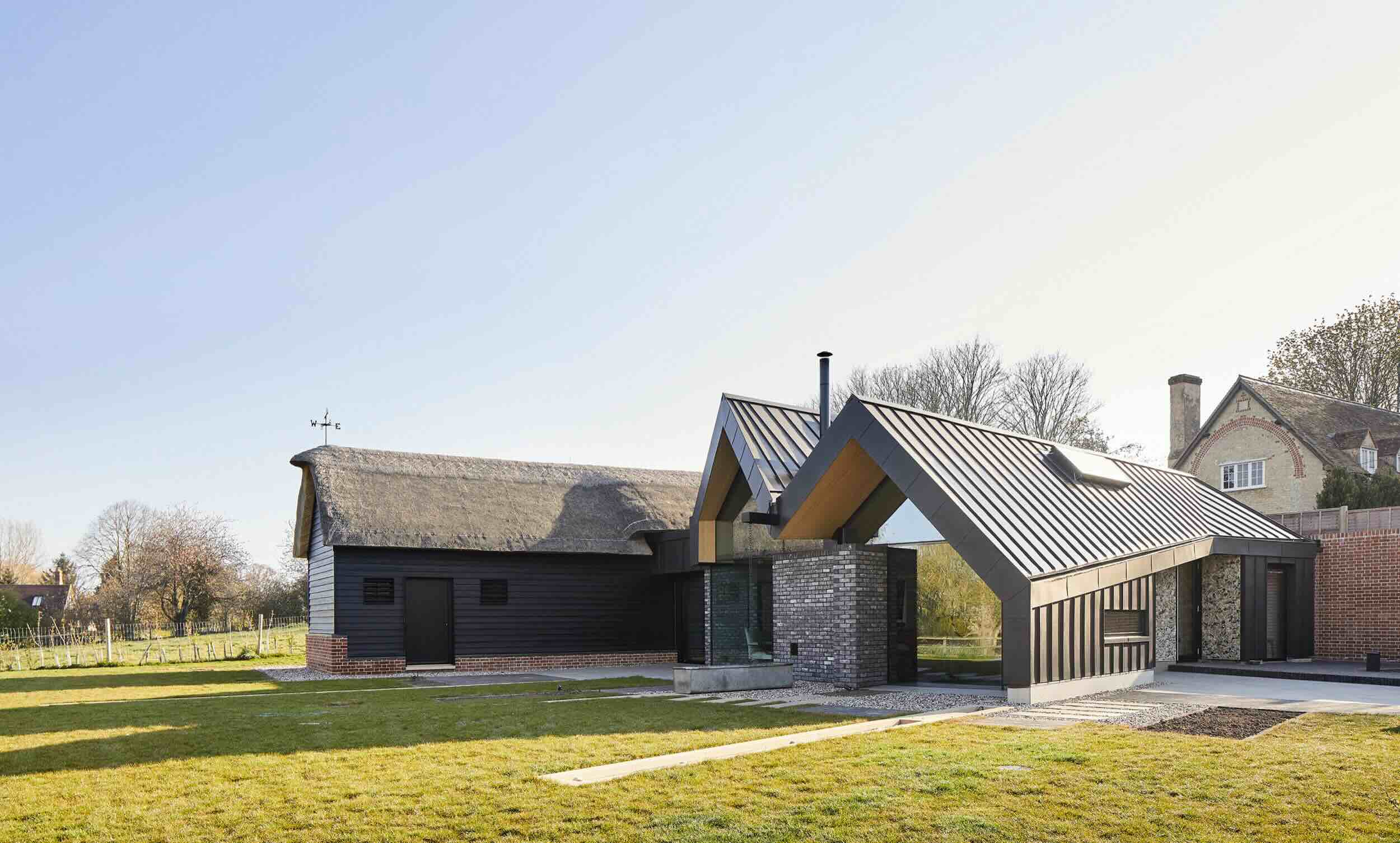
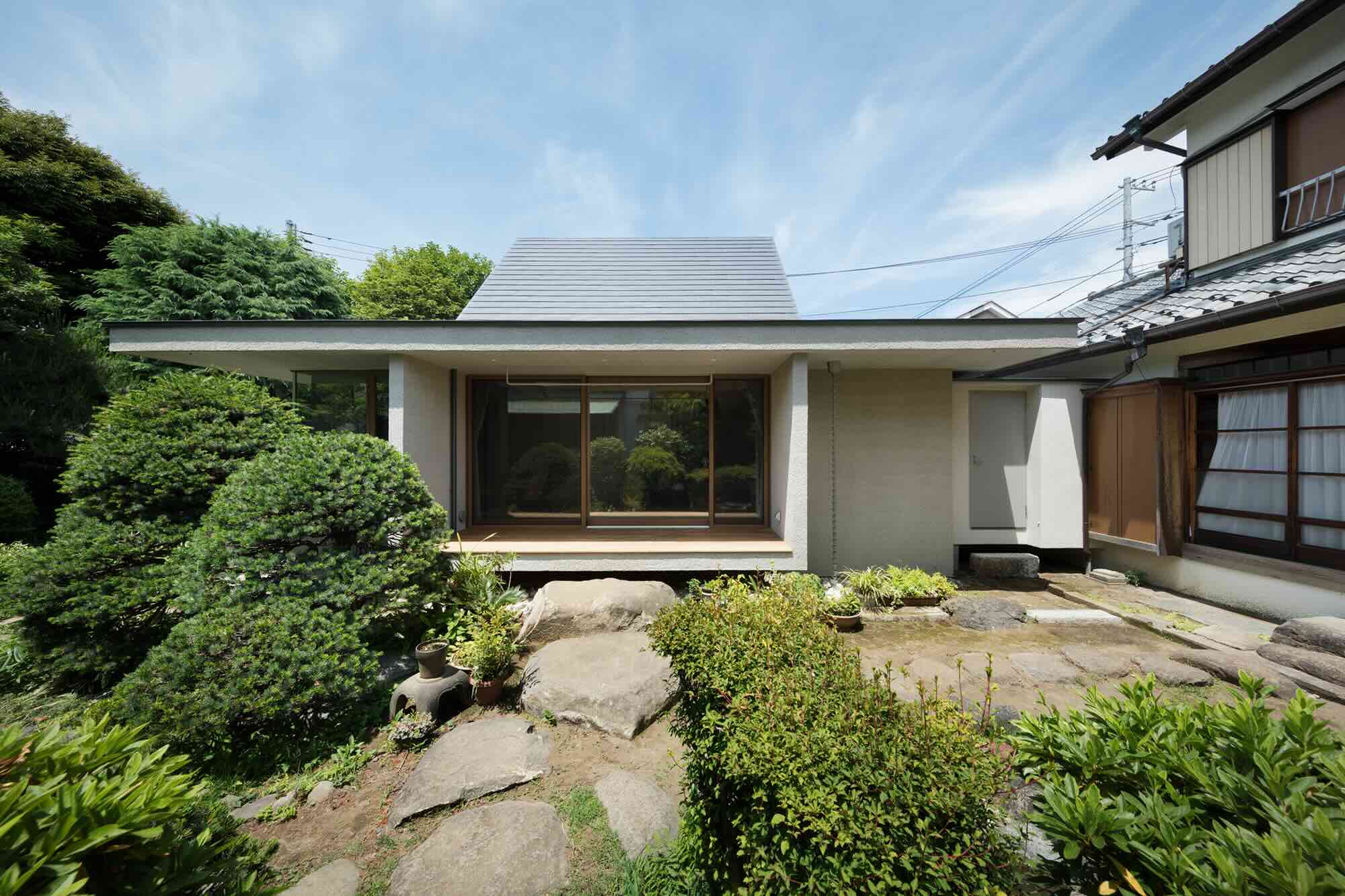
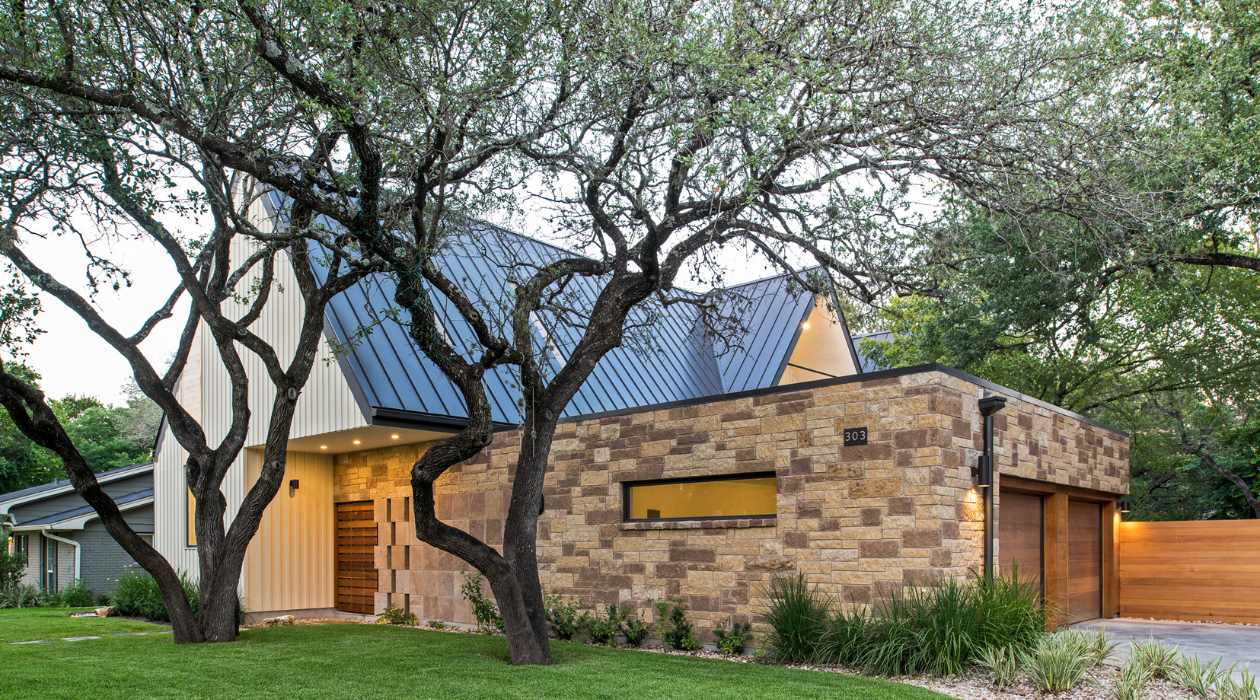
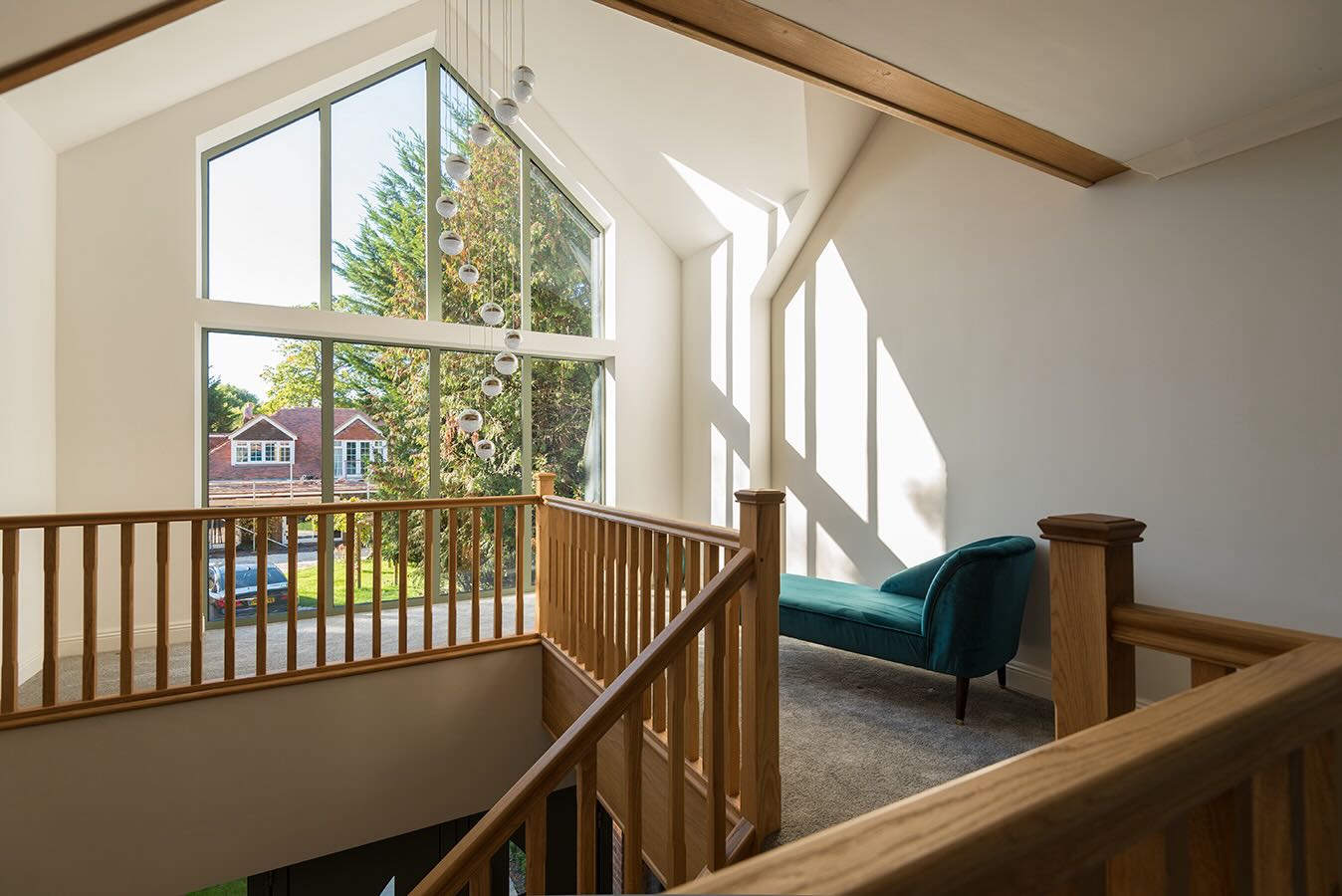
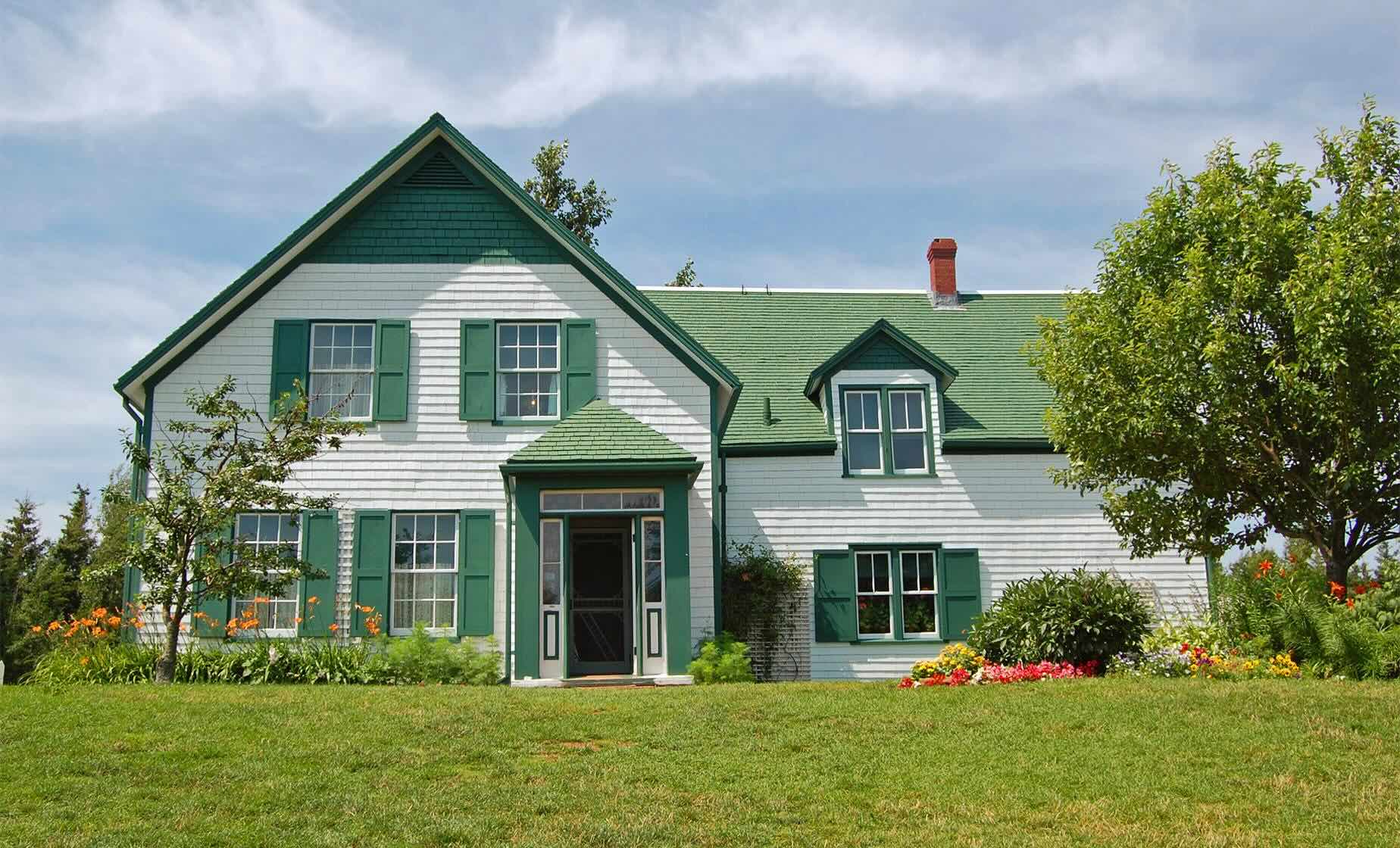
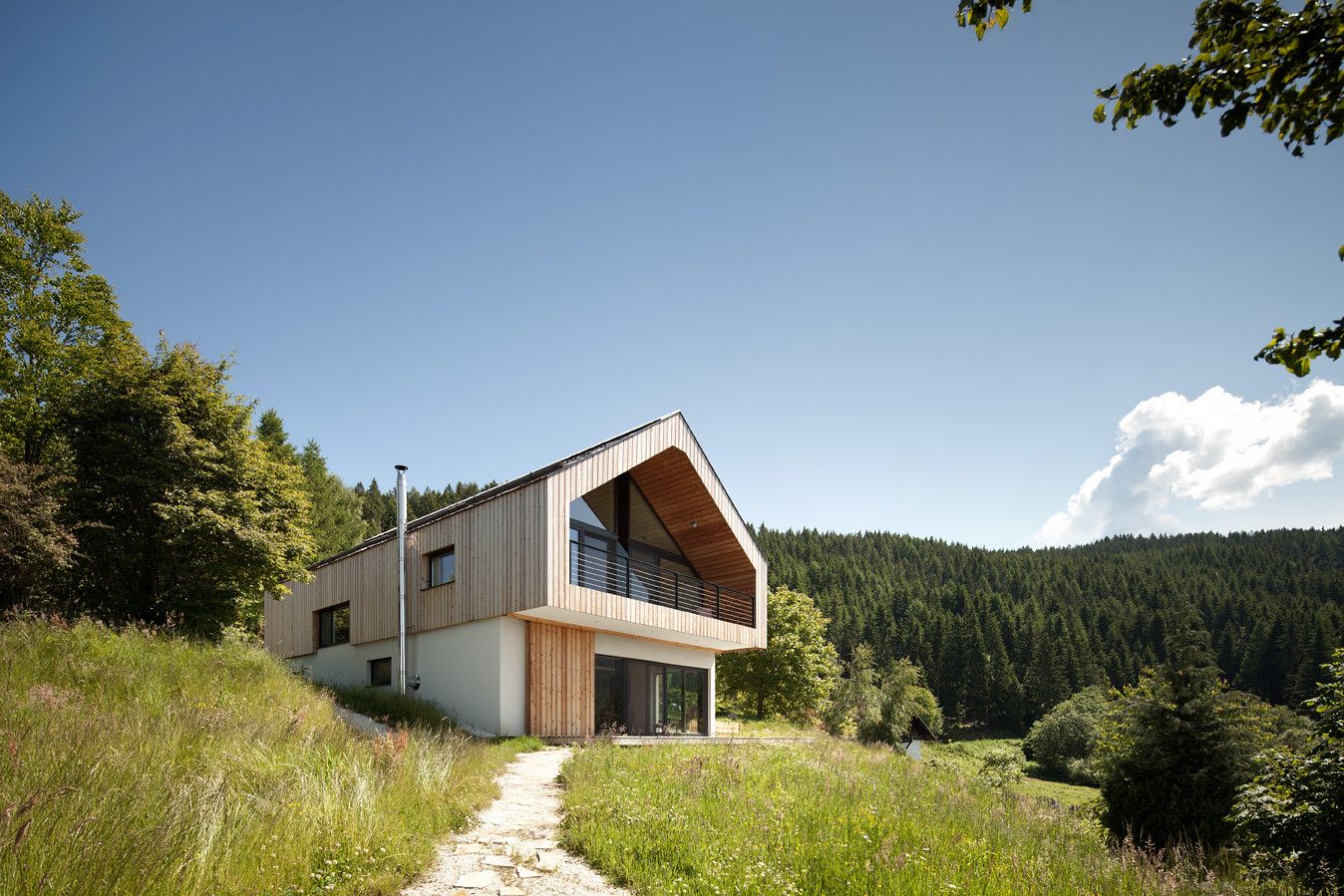
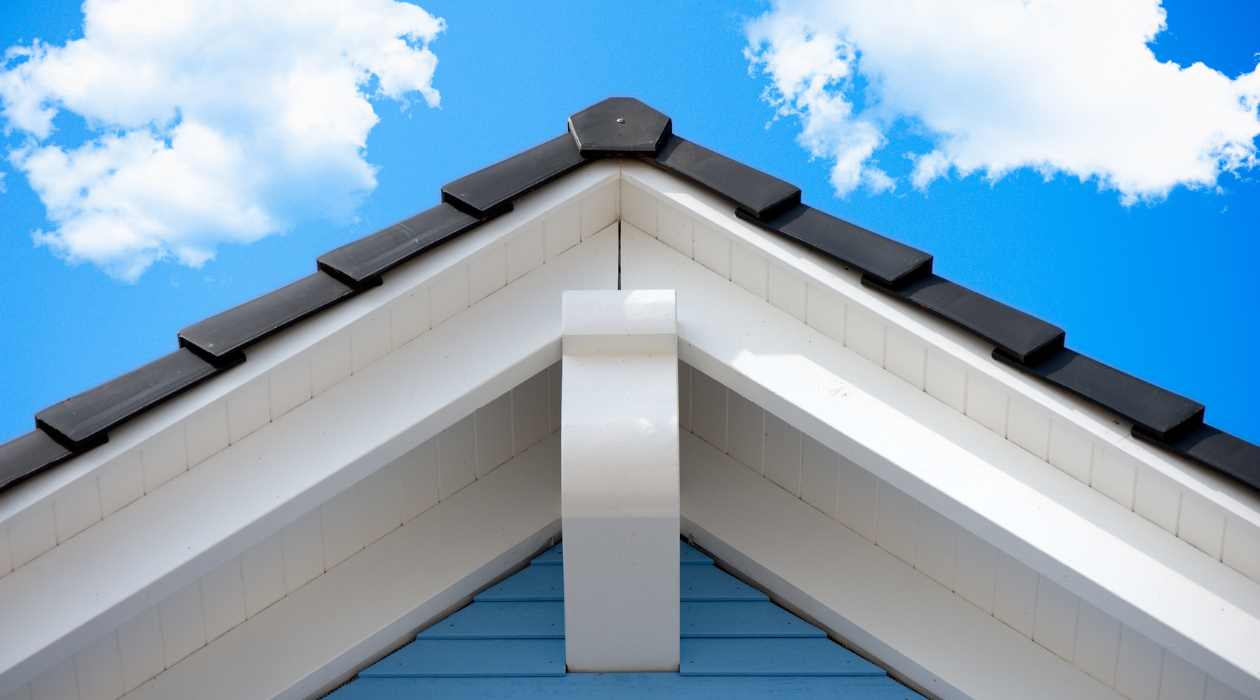


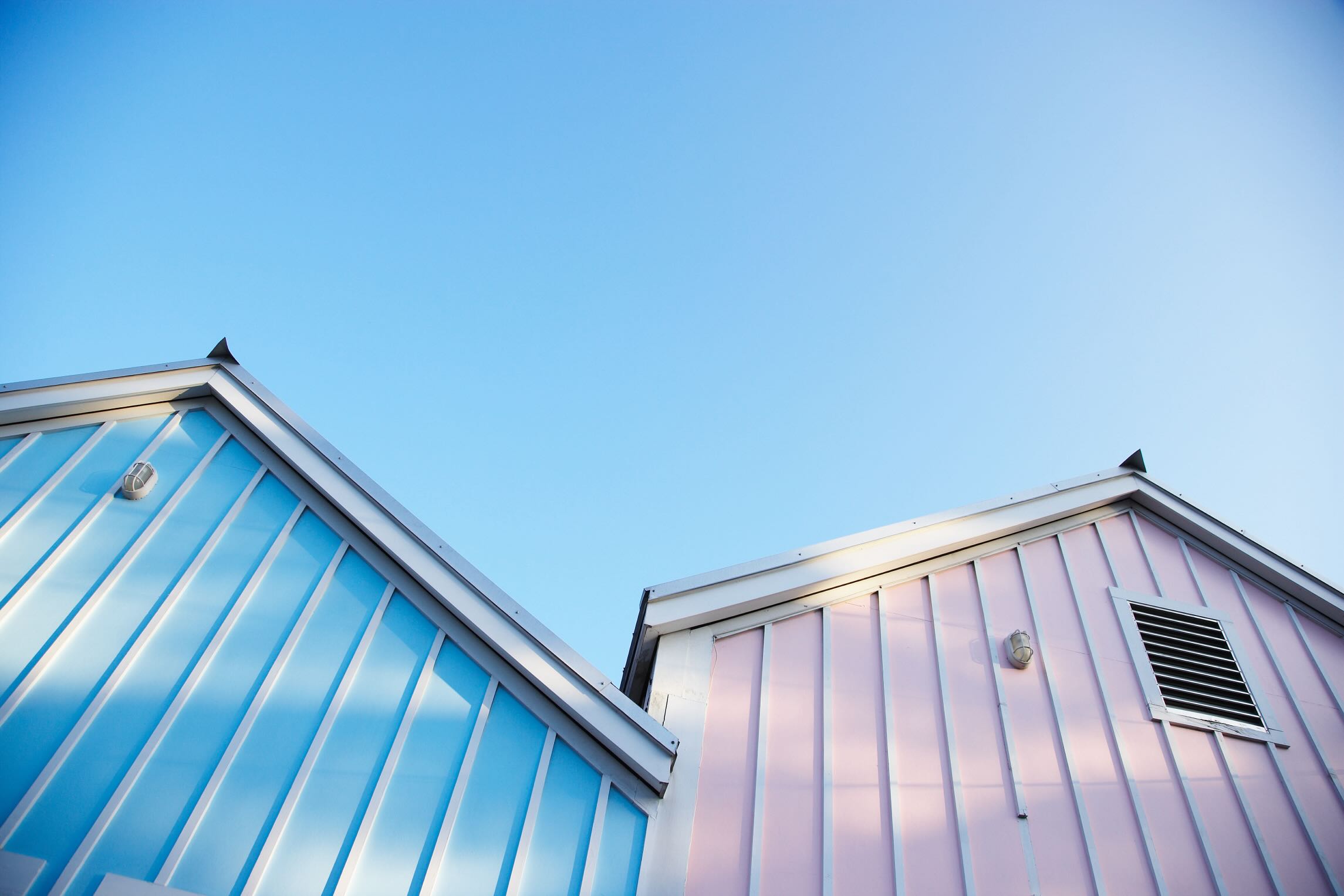
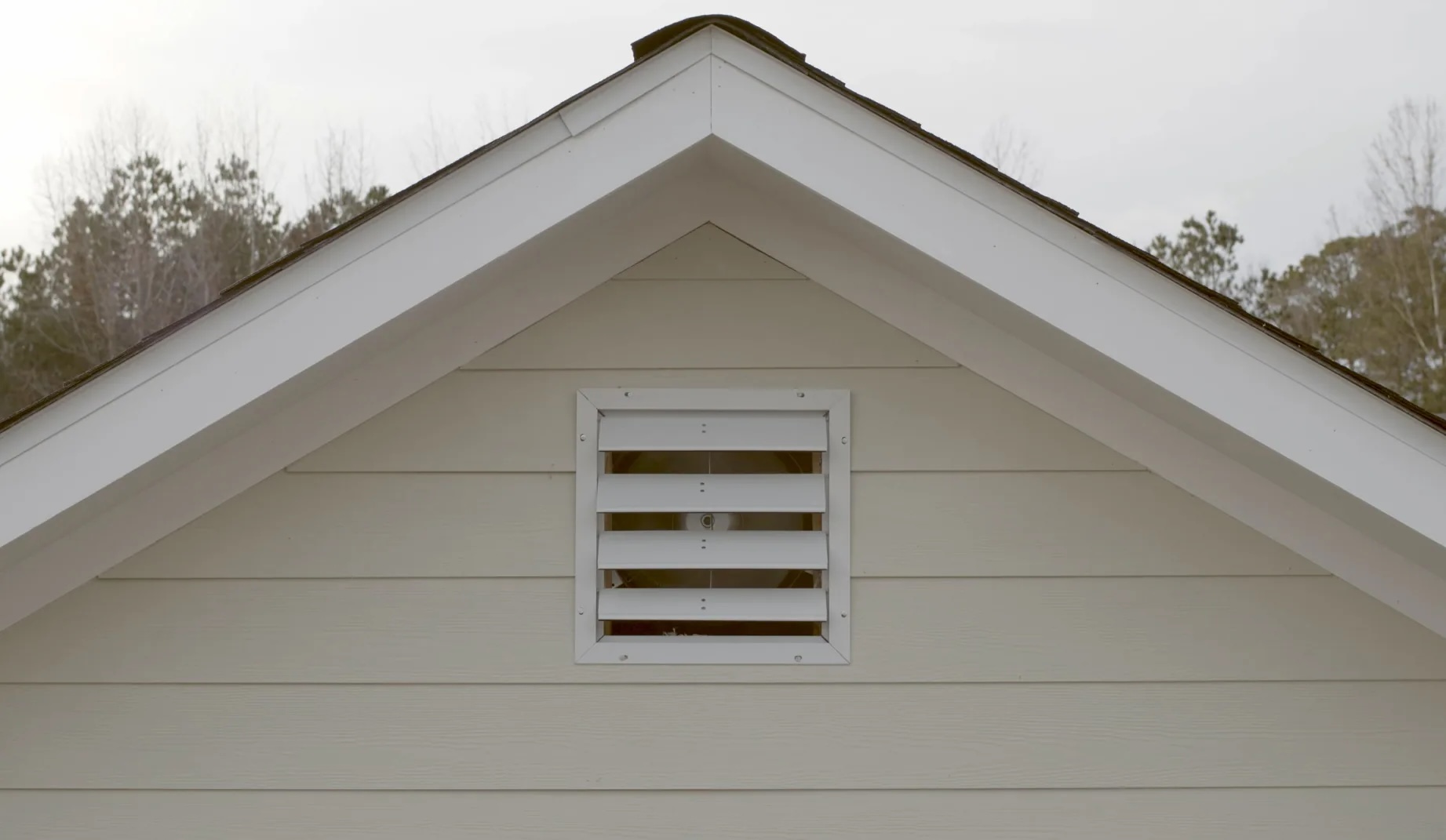

0 thoughts on “What Is The Gable End?”